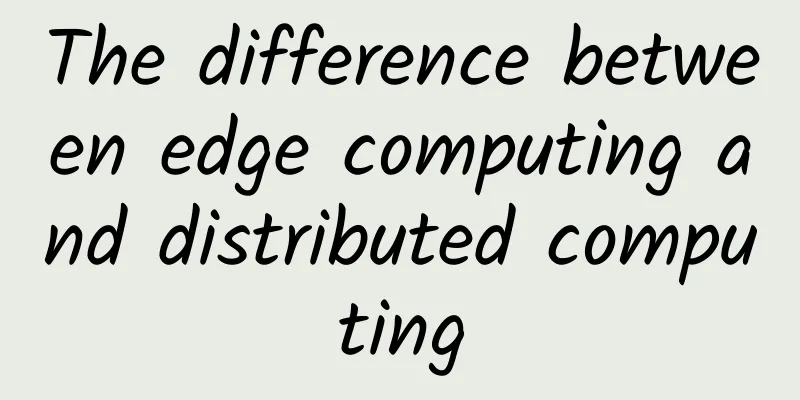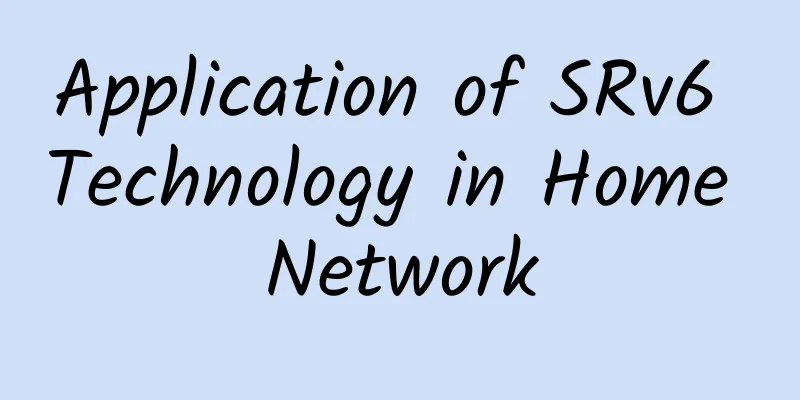The difference between edge computing and distributed computing

|
Edge computing focuses on placing computing and storage resources outside of the enterprise data center, in or near the branch office. But edge computing is different from traditional decentralized computing. Edge computing is driven by the Internet of Things and will grow as 5G services become more popular. CIOs need to understand what is driving edge computing strategies to avoid recreating the branch IT problems that data center consolidation is designed to solve. Edge computing is different from traditional distributed computing in terms of motivation, technology, architecture, and management concepts. Traditional distributed computing stems primarily from ownership and control issues, where lines of business in branch offices want IT resources that they control and, because of this need, minimize the use of WAN network links. In contrast, the edge computing strategy assumes that centralized delivery is the norm and that sufficient bandwidth will be available to provide services; it places compute and storage resources in colocation facilities at or near enterprise branch offices, solely to meet the functional requirements of a specific use case.
Latency and Bandwidth In fact, edge computing is becoming more and more popular now because we are entering an era of tasks that require very short response times or require digesting very large data sets, and it is more practical to do the analysis locally - or both. The Internet of Things is driving most of these use cases. IoT applications include real-time control of high-speed production lines or automatic control of driverless vehicles (for example, in a warehouse), which may require sub-millisecond response times and large-scale data analysis needs. But the edge computing strategy goes beyond just fixing servers and storage at or near branch offices; it focuses on creating a centrally managed but physically distributed infrastructure that supports automated/autonomous operations. Edge computing is based on cloud-based infrastructures that enable both fully centralized management and automated operations. In a converged or hyper-converged infrastructure, computing and storage resources require minimal human intervention to be put into production. In a private cloud, most configurations and all utilization of these resources are centrally managed. Extending the cloud paradigm to an edge computing model makes it as simple as possible for IT to configure each site and then add more resources if necessary; such plug-and-play components require minimal technician time and effort because they are automatically discovered and put into use. At the same time, professional support for enterprise edge computing is driving the development of new products in this area (for example, products that provide smaller form factors, consume less power or generate less heat so that they can be placed in small cabinets or wiring closets). Rethinking branch networks and the edge IT leaders are already working on use cases that functionally justify edge computing, and they can also use edge computing strategies as a means to change the economics of their branch networks to justify edge computing strategies financially. When a strong platform is built for localized computing, IT departments can use it to reduce WAN work (no longer transmitting large data flows to other places) and reduce the performance requirements of the WAN because critical response times are achieved through edge resources. This may allow IT teams to reduce their site connectivity expenses, especially on multi-protocol label switching services. Edge infrastructure can also support Internet and security center functions, reducing the work of other branch offices, in addition to the central data center and the security core and Internet links. Edge computing is only now beginning to gain traction with a broad range of enterprises, and we are beginning to see use cases converge with technology availability to make it a practical, sustainable option. Most enterprises don’t have use cases for edge computing yet, but more are every year driven by IoT and analytics projects. |
>>: SD-WAN is about to dominate edge networks
Recommend
Maxthon Host: Germany CU2 low latency large bandwidth 20% off, 2GB memory package monthly payment 60 yuan
Maxthon Hosting has been very low-key for a long ...
HPE Aruba Networking: IT leaders lack awareness of how networking can enhance the employee experience
At present, the demand for hybrid office continue...
How can enterprises fully leverage the potential of private 5G networks?
It may take some time for 5G to become the most a...
Research on 4G network coverage quality assessment method in rural areas
Labs Guide The analysis of 4G coverage quality in...
Can't tell the difference between Wi-Fi and WLAN? Stop confusing them
Usually, we connect to WiFi when we surf the Inte...
RackNerd Double 11 promotion, KVM annual payment starts from $9.98, 9 data centers including San Jose are available
RackNerd has released a number of promotional pac...
Who is responsible for the rampant online black industry?
[[188973]] A set of data: According to the 38th &...
Kai-Fu Lee: Under what conditions will artificial intelligence surpass humans?
[51CTO.com original article] In recent years, art...
In-depth understanding of the working principle of VLAN with pictures and texts, don't miss it
After learning about several methods and configur...
Juniper Networks will aggressively enter the OTT market in 2018, connecting the world with secure and efficient networks
[51CTO.com original article] From June 7 to 8, 20...
Verizon achieves 711 Mbps 5G upload speed
[[429131]] Verizon said it achieved upload speeds...
WIFi 5 Final Madness 2019 Wireless Router Market Report
In 2019, the wireless router market faced the fie...
SA: Global 5G users exceed 1 billion, and 5G networks will cover 36% of the world's population
Strategy Analytics released a report today saying...
iOVZ VPS 20% off monthly payment, 30% off annual payment, Korean (SK)/US (Coresite) data center
iOVZ Cloud has launched a regular promotion for M...
The tragedy of database collision – it’s time to change your security thinking!
2016 is destined to be the most milestone year in...









